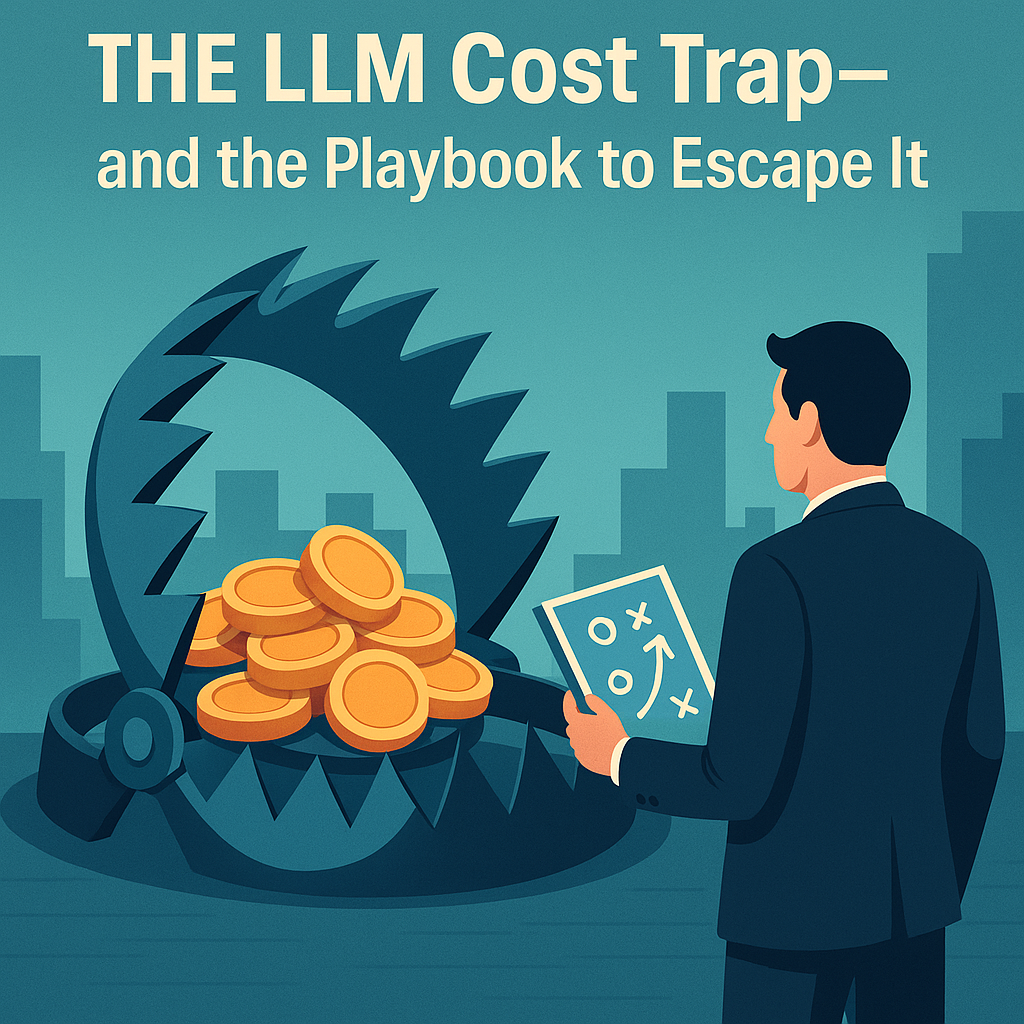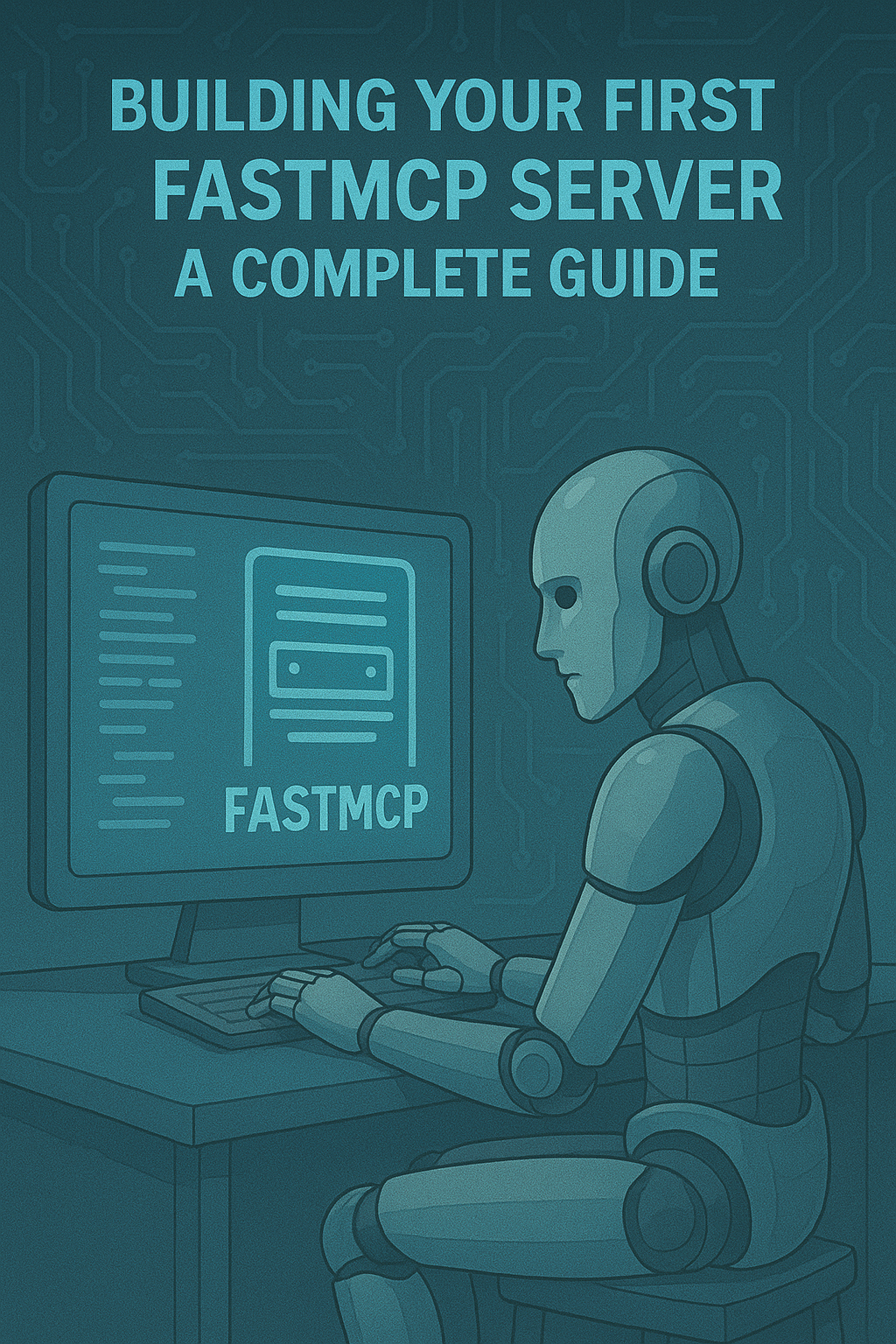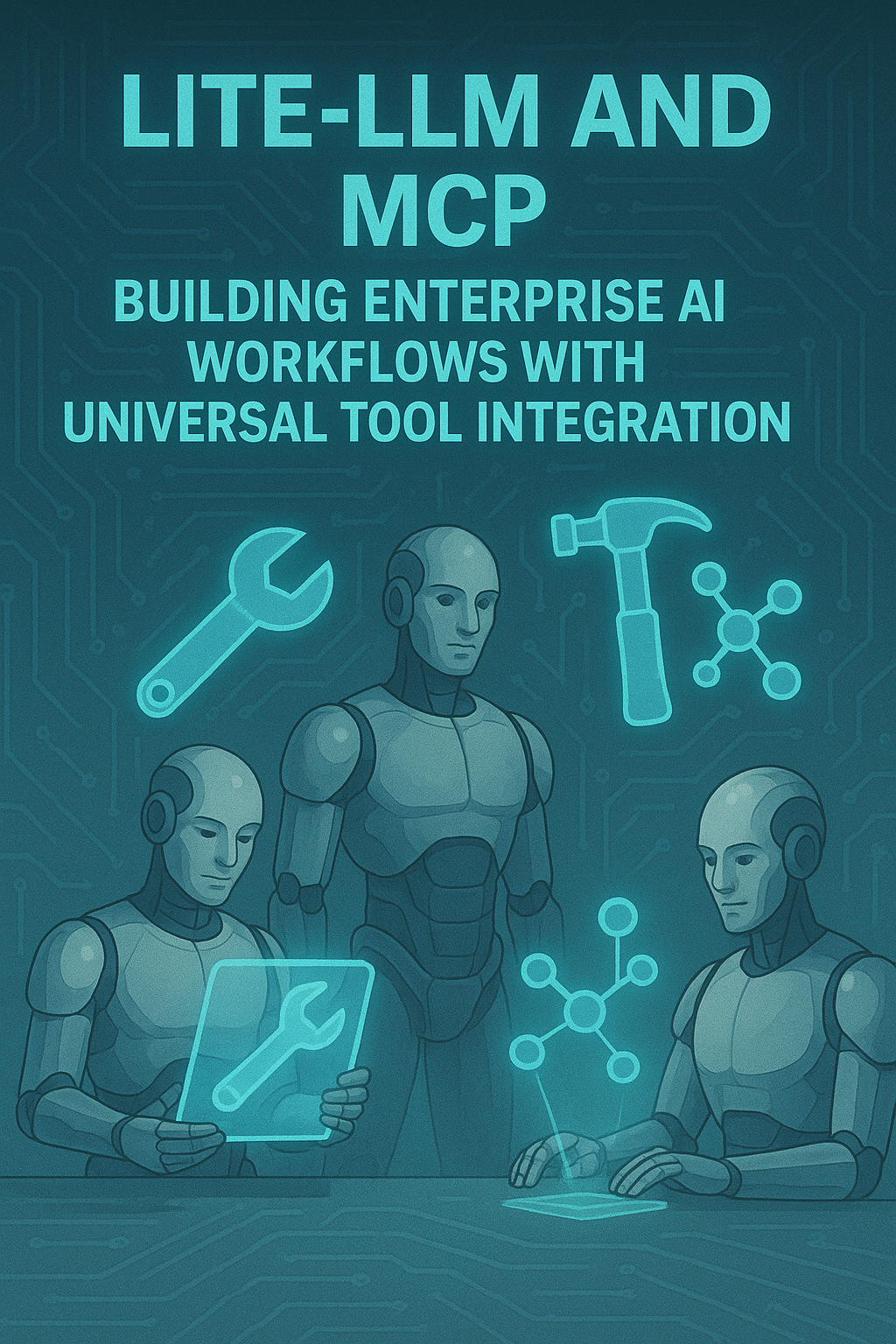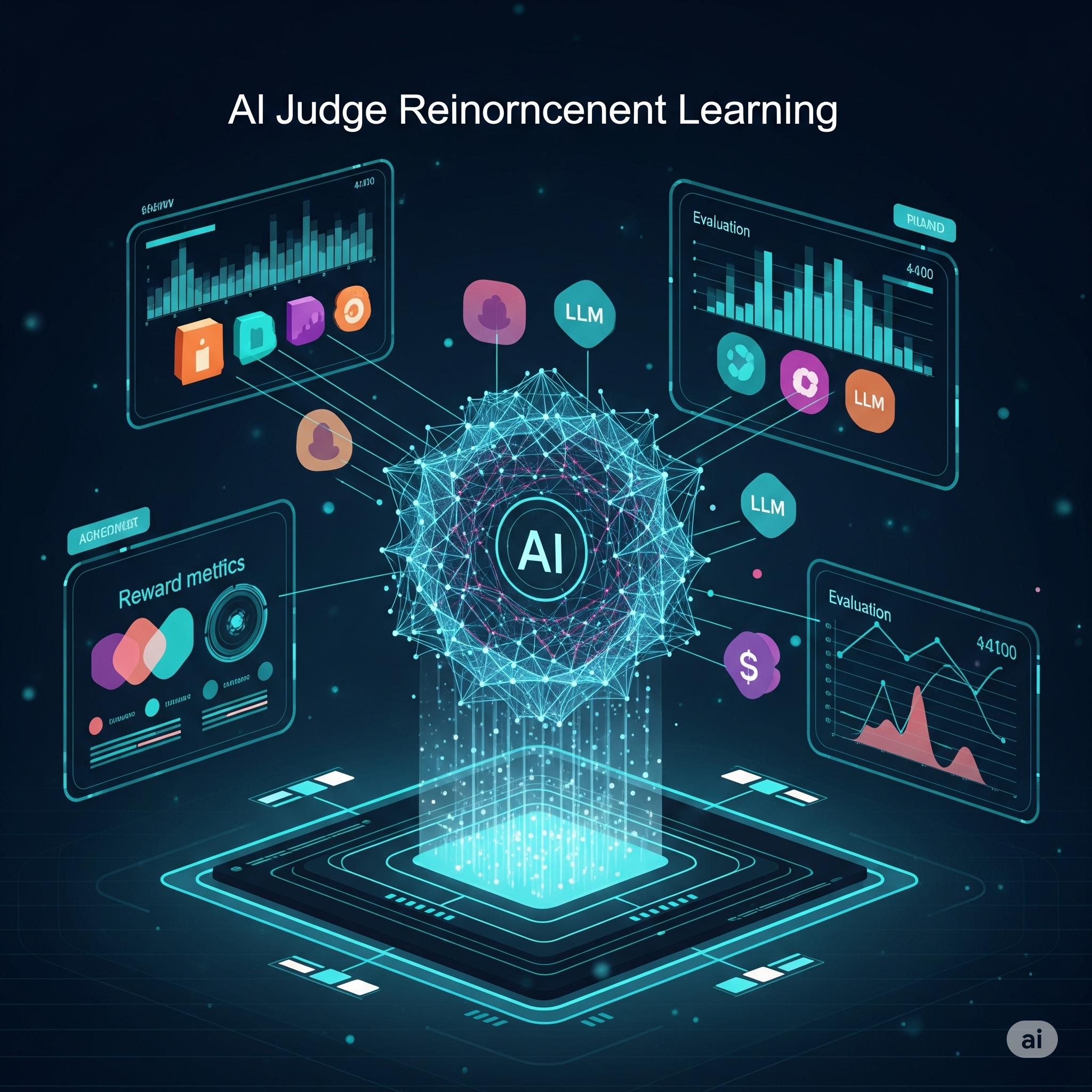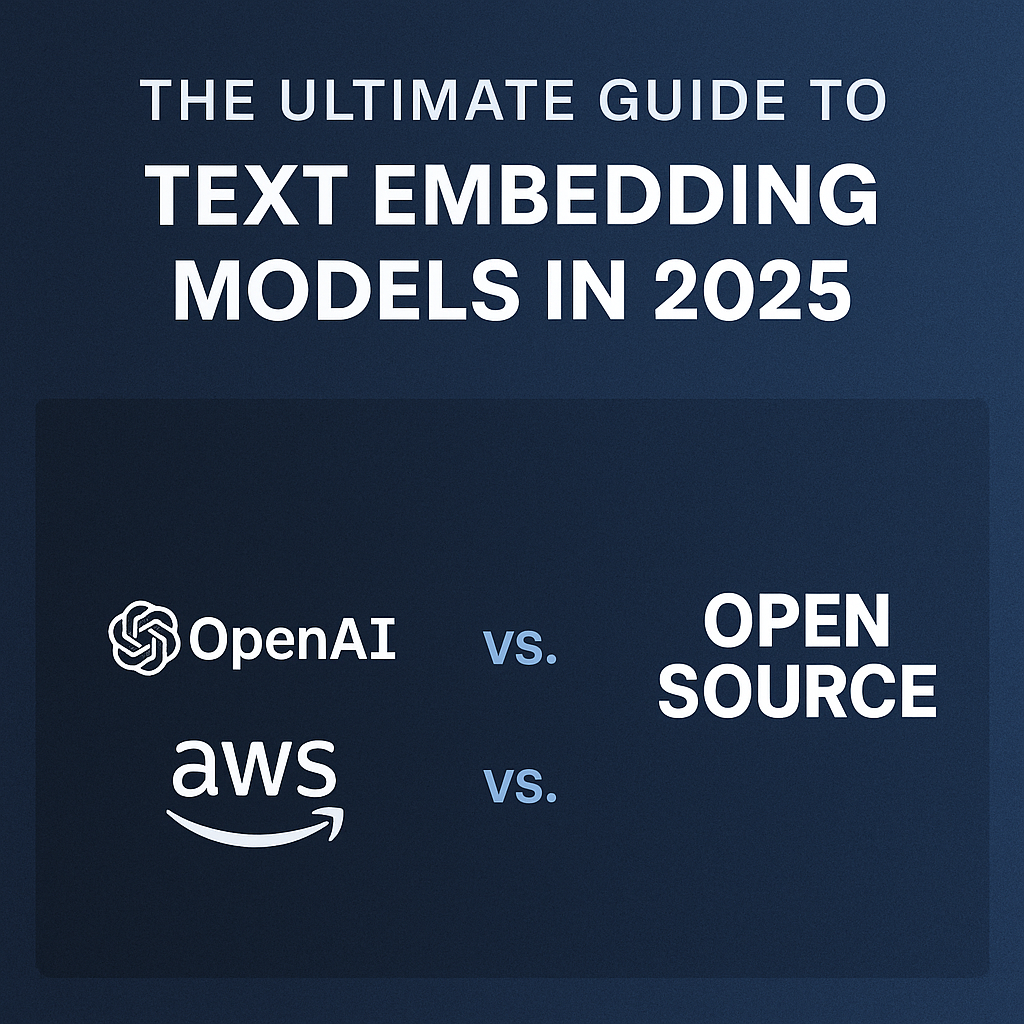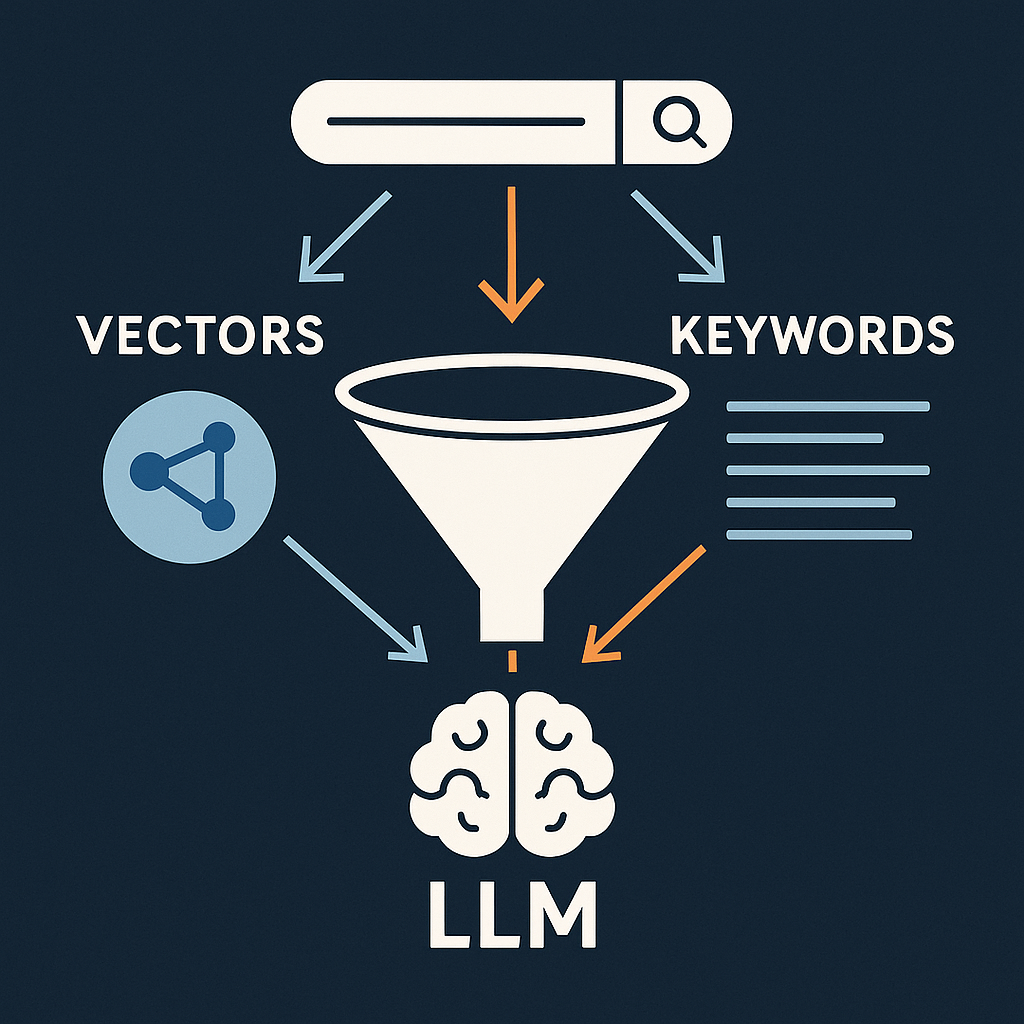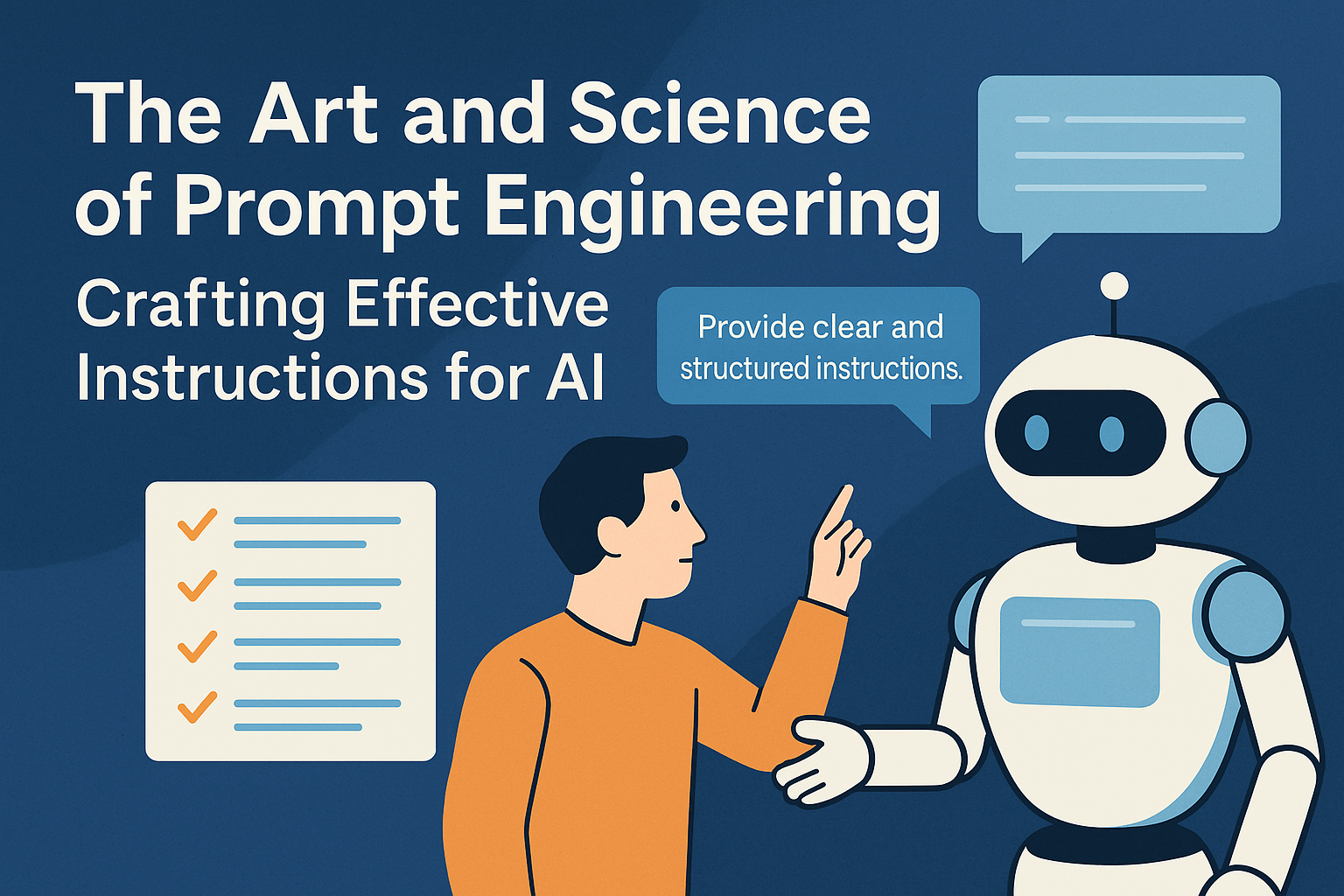The Architect's Guide to the 2025 Generative AI St

Introduction: From Hype to High Returns - Architecting AI for Real-World Value
Is your company’s AI initiative a money pit or a gold mine? As organizations move from prototype to production, many leaders face surprise bills, discovering that the cost of running Large Language Models (LLMs) extends far beyond the price per token. The real costs hide in operational overhead, specialized talent, and constant maintenance. Without a smart strategy, you risk turning a promising investment into a volatile cost center.



